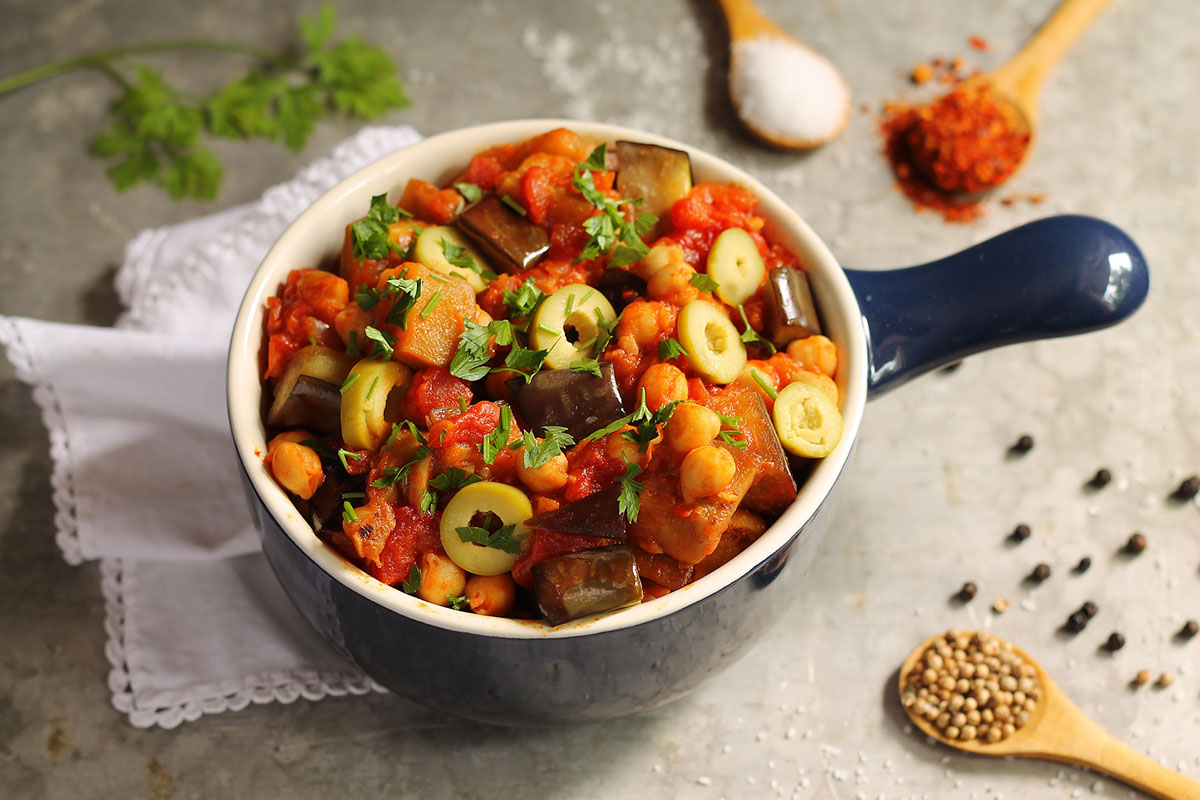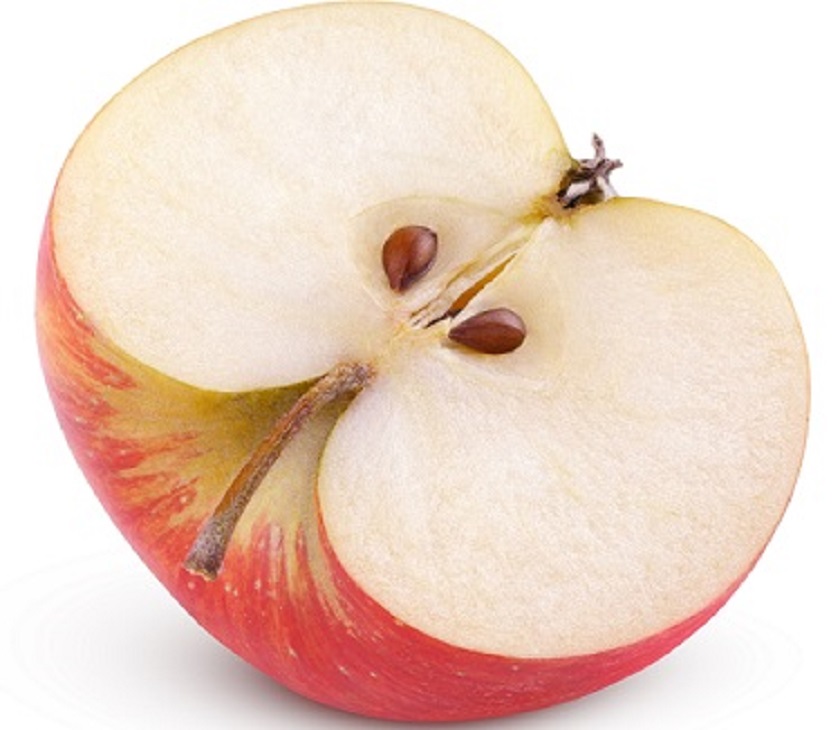Turmeric might be one of the most amazing foods known to man. I know that is a bold statement, but turmeric is a bold plant. It is highly anti-inflammatory, anti-viral, anti-biotic, anti-septic, and anti-cancer. Basically it can kill almost anything bad in your body and improve circulation, digestion, metabolism, and immunity. If you only eat one superfood, go for turmeric.
Turmeric has a strong flavor that might need to grow on you, but it can be worked into many recipes successfully. I know some people who can eat it straight like carrots, but that strategy is only for the very brave. For the rest of us, here are some ways to enjoy the bounty of this healing plant food.
Things to Keep in Mind When Cooking with Turmeric:
Heat
The curative constituents of turmeric are susceptible to high heat. It is best to use a low heat setting when cooking with turmeric, or add it at the end of the cooking process. It will have a stronger flavor when it is added later, as well.
Bio-availability
Turmeric needs to be eaten with complementary foods in order for your body to absorb the curcuminoids, the medicinal nutrient responsible for its healing powers. Eat turmeric with black pepper and dietary fat such as coconut oil or avocado.
Blood Thinning
High doses of turmeric have a blood thinning effect, so avoid it if you are taking medications that also thin the blood, or within two weeks of surgery.
1. Turmeric Tea
The simplest way to enjoy the benefits of turmeric is in a tea.
- Simmer a few slices (about a teaspoons worth per cup) at a low heat for 10 minutes.
- Add a little fresh ground black pepper and a dash of almond, hemp, or coconut milk.
- A little raw honey or coconut sap can be added to sweeten.
It will be strong, spicy, and very warming. Turmeric tea is great before or after a meal, when your joints are painful, or if you (or your partner) has menstrual cramps.
2. A Real Curry
Make a kitchari curry your friends will tell stories about. This recipe requires investing in several spices, but is totally worth it for the amazing flavor they create when prepared this way.
For one large pot (6-8 servings) of curry, you will need:
- 1 cup of mung beans or lentils and 1 cup of rice, soaked for 1-2 days with a little apple cider vinegar, then rinsed well. Black rice has the most anti-oxidants, but any type of rice will do.
- 1-inch pieces of fresh ginger and turmeric, or a tablespoon of dried.
- 1 teaspoon each of whole cumin seeds, coriander seeds, fennel seeds, yellow or brown mustard seeds, black pepper seeds, and powdered cinnamon.
- 1 tablespoon of sea salt.
- 1 piece of wakame or other sea vegetable.
- A pinch of asafoetida.
- 2 tablespoons of organic, cold-pressed virgin coconut oil.
- 4-6 cups water
- 1-2 cups of any chopped vegetables you like, such as beets, carrots, yams, celery, chard, kale, spinach, broccoli
~ In a large pot on a medium low flame heat the coconut oil and add all of the whole seeds and the fresh ginger and turmeric, stirring gently until the seeds just start to pop, 5-8 minutes.
~ Quickly stir in the soaked and strained beans and rice. Stir vigorously for 1 to 2 minutes.
~ Add 4 cups of water and turn the heat up to medium high.
~ As soon as it reaches a low boil, turn the heat down to medium/low.
~ Add the sea vegetable, cinnamon, salt, asafoetida, and any other powdered spices.
~ Cover and simmer for 30-40 minutes, stirring occasionally. Monitor the water level as it cooks, and add more if needed. You want the final consistency to be liquidy like a thick stew, but not soupy.
~ If you are including hard vegetables like yam or beet, add them now. If soft vegetables like kale or spinach, add them when you turn the heat off.
~ Remove from heat and let sit for 10 minutes, then serve with fresh cilantro or another garnish.
3. Soups On!
Simply add grated fresh turmeric to any savory soup toward the end of cooking time. You can blend some of the soup with the grated turmeric to smooth out the texture. Turmeric makes a powerful addition to raw green soup or green smoothies.
4. Special Saut
Turmeric goes great in stir-fries; just wait until near the end of the cooking time to add it. You can toss it in at the same time you would add spinach or other soft vegetables.
5. Sweet and Spicy
Add some surprise flavor to a sweet desert. Grate fresh turmeric or sprinkle powder on vegan ice cream, shakes, puddings, and mousses. Turmeric pairs well with cardamom, nutmeg, lemon, and especially vanilla. It also adds a fantastic yellow-orange hue to lighter deserts. And remember, a little goes a long way!
These are just a few of the many ways you can incorporate turmeric into your meals. With all the potential health benefits and its unique flavor, you can enjoy turmeric every day.








